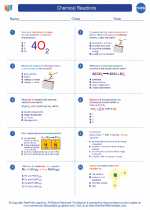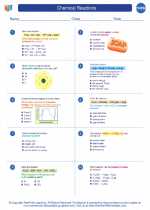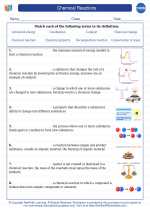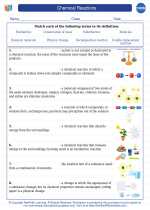The Heart
The heart is a muscular organ located in the chest, slightly to the left of the midline. It is responsible for pumping blood throughout the body, delivering oxygen and nutrients to the cells and removing waste products.
Anatomy of the Heart
The heart is divided into four chambers: the left and right atria, and the left and right ventricles. The atria receive blood from the body and the lungs, while the ventricles pump blood out to the body and the lungs.
The heart is also equipped with four valves - the tricuspid valve, the pulmonary valve, the mitral valve, and the aortic valve - which ensure that blood flows in the correct direction through the heart.
Function of the Heart
The heart functions as a double pump, with the right side pumping blood to the lungs for oxygenation, and the left side pumping oxygenated blood to the rest of the body. This process is known as the cardiac cycle.
Additionally, the heart's rhythmic contractions are controlled by electrical signals from the sinoatrial node (SA node), which acts as the heart's natural pacemaker.
Study Guide
- Describe the anatomy of the heart, including the chambers and valves.
- Explain the function of the heart as a double pump.
- Discuss the cardiac cycle and the role of the SA node in controlling the heart's contractions.
- Compare and contrast the structure and function of the left and right sides of the heart.
◂Chemistry Worksheets and Study Guides High School. Chemical Reactions

 Worksheet/Answer key
Worksheet/Answer key
 Worksheet/Answer key
Worksheet/Answer key
 Worksheet/Answer key
Worksheet/Answer key
 Worksheet/Answer key
Worksheet/Answer key
 Worksheet/Answer key
Worksheet/Answer key
 Vocabulary/Answer key
Vocabulary/Answer key
 Vocabulary/Answer key
Vocabulary/Answer key
 Vocabulary/Answer key
Vocabulary/Answer key
